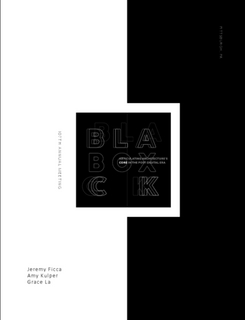Author(s): Charles Driesler
The ability to synthesize design intent with computable values generates a novel method for composing space. An intermediary automated layer, between designer and their computational tools, is proposed and implemented for the space planning problem of the office test fit. This system for composition parsing, when given a combination of explicit or gestural inputs, will reduce them to a collection of small and simple problems. A reductive approach allows the system to deliver computationally easy requests to existing systems, interpret the results, and reconstruct a comprehensible output for the user. By focusing on the ability to translate disjoint compositional understandings of a given space, the system does not need to enforce a certain geometric construction of the problem or prepare layers of contingency for harder cases. It must only maintain the ability to translate between the people and systems that do. The paper opens with an investigation of how recently published algorithms interpret the composition of their given space planning target and how their implementations approach the question of user interactivity. It then outlines the three phases of the proposed system before concluding with an evaluation of its results and limitations. The paper ends with speculation on necessary steps for the next generation of this strategy and on future forms of user intervention with otherwise fully automated results.
https://doi.org/10.35483/ACSA.AM.107.91
Volume Editors
Amy Kulper, Grace La & Jeremy Ficca
ISBN
978-1-944214-21-0

 Study Architecture
Study Architecture  ProPEL
ProPEL 
